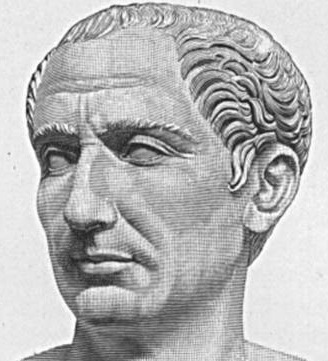

The names " Gaius Julius" suggest that his family acquired Roman citizenship during the reign of the Julio-Claudian dynasty, as freedmen and newly integrated Romans always adopted the names of their former masters. Maximinus was the first emperor who hailed neither from the senatorial class nor from the equestrian class.

He was a so-called barracks emperor of the 3rd century his rule is often considered to mark the beginning of the Crisis of the Third Century. Maximinus is described by several ancient sources, though none are contemporary except Herodian's Roman History. Maximinus advanced on Rome to put down the revolt, but was halted at Aquileia, where he was assassinated by disaffected elements of the Legio II Parthica.

In 238 (which came to be known as the Year of the Six Emperors), a senatorial revolt broke out, leading to the successive proclamation of Gordian I, Gordian II, Pupienus, Balbinus and Gordian III as emperors in opposition to Maximinus. The Pannonian army then elected Maximinus emperor. Maximinus was the commander of the Legio IV Italica when Severus Alexander was assassinated by his own troops in 235. His father was an accountant in the governor's office and sprang from ancestors who were Carpi (a Dacian tribe), a people whom Diocletian would eventually drive from their ancient abode (in Dacia) and transfer to Pannonia. Gaius Julius Verus Maximinus " Thrax" ("the Thracian" c. Imperator Caesar Gaius Julius Verus Maximinus Augustus


 0 kommentar(er)
0 kommentar(er)
